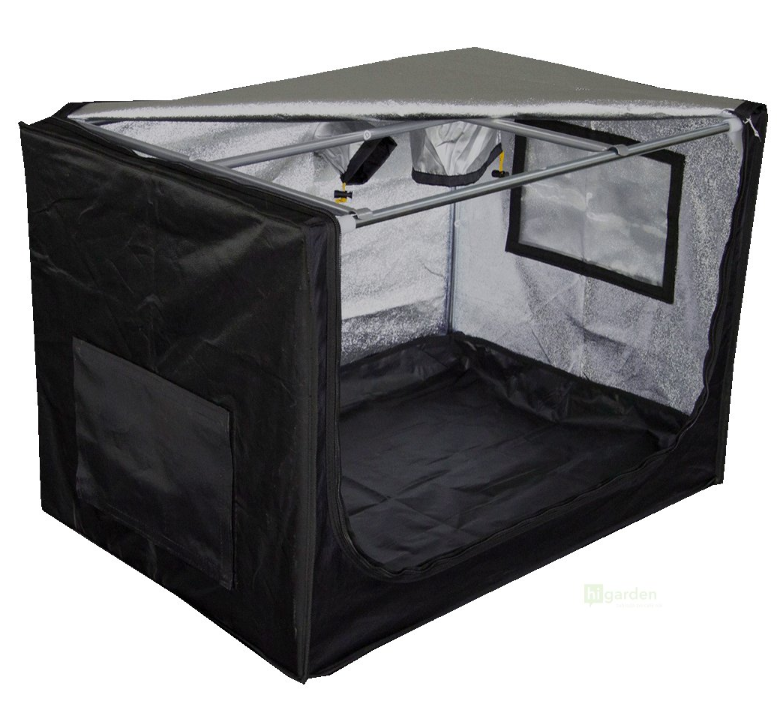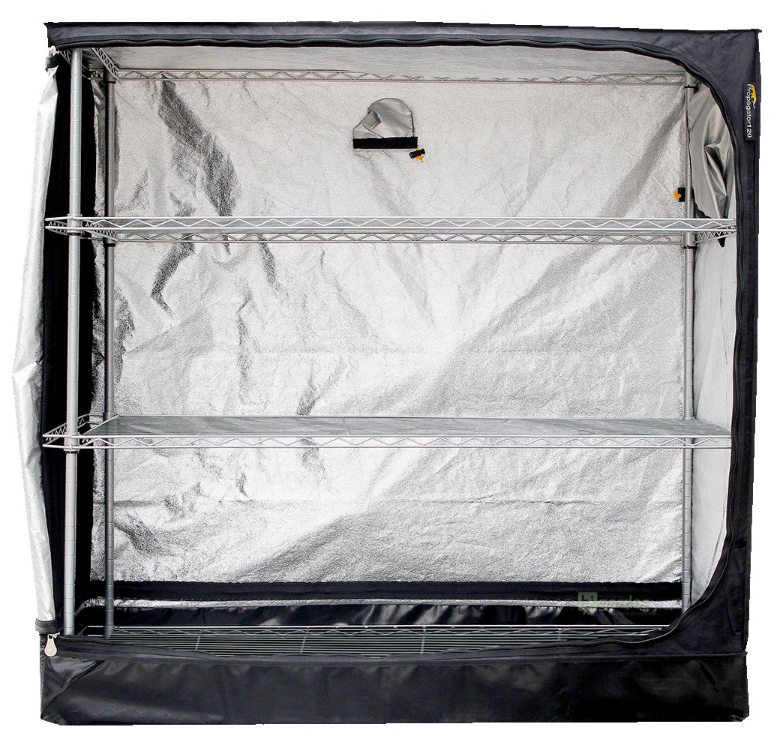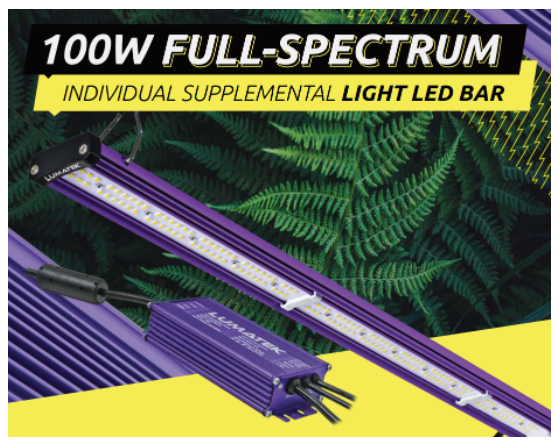How to choose and equip a propagator?
Beginner growers often ask: What is a propagator? What makes them different from grow tents, and what are they used for? Today, we’ll focus on these small grow tents for indoor growing, seed germination, pre-growing seedlings and propagation.
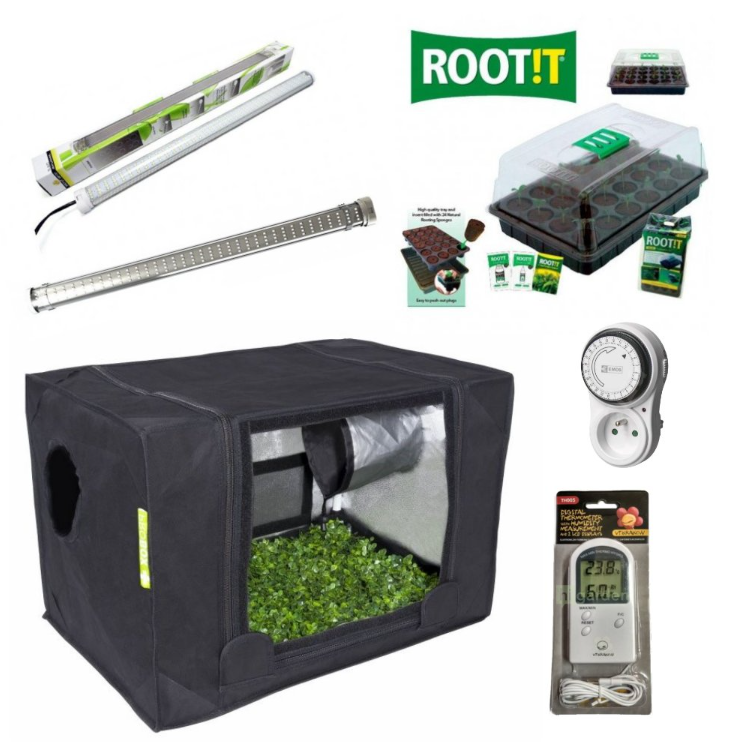 Using a propagator to safely cultivate plants in the early development stages before you move them into a grow tent or garden bed outdoors will help you achieve excellent results. If you pamper the plants early on, they will reward you with a rich harvest full of colour, taste and smell. Why?
Using a propagator to safely cultivate plants in the early development stages before you move them into a grow tent or garden bed outdoors will help you achieve excellent results. If you pamper the plants early on, they will reward you with a rich harvest full of colour, taste and smell. Why?
It’s simple. Propagators, like the Mammoth 90 in the cover picture, provide young plants with the optimal controlled climate at a time when things can go wrong in the blink of an eye. It’s no secret that young plants are highly vulnerable to diseases and pests, and beginners can struggle with that. Experienced growers know that, at the beginning of the growth cycle (which can be several times a year in indoor growing), a well-equipped propagator is worth its weight in gold.
TIP: If you want to save time and money, you can get the popular small propagation set. It includes everything you will need to successfully propagate several plants. Getting the kit is the easiest way to provide the best conditions for germinating and rooting for your seeds and clones. We will gladly tailor the set to perfectly fit your needs.
That depends on your budget, demands and on how many plants you want to grow. We can wholeheartedly recommend these propagators:
Probox propagators and grow tents are reputable and handy.
- Their smaller propagators come in two sizes: M and S.
- The XL propagator fits up to 1500 plants and allows you to grow several plant types or variants simultaneously.
- The L propagator is smaller and cheaper than the XL but still fits up to 720 plants.
Mammoth is a renowned grow tent manufacturer, and their tents are very durable. We recommend the Mammoth Propagator 125 with three removable shelves and a 100% lightproof shell. The removable bottom tray and construction are the same as in the Mammoth LITE+ grow tents.
1. Lighting
The most favourite options are TLED and CFL lamps. TLED lamps are smaller LED lights, ideal for the vegetative phase and small spaces - they emit little heat and have minimal power consumption.
TLEDs and CFLs emit as little heat as possible not to overheat the small space, which would negatively impact the young plants - and you can’t fit a ventilator in such a small space. When picking a light for a propagator, buy one with a high colour temperature - blue or white light - ideal for the vegetative phase.
When the plants are older, the smaller fixture can serve as a supplemental lamp in a large grow room or as the primary light source for the vegetative phase in a small tent. Outdoor growers can reuse the lights for lighting plants in the winter.
TIP: We can’t recommend the 100W full-spectrum Lumatek Bar 2,9 enough. It has its own driver and fits any place you might need a stand-alone LED bar, like small spaces and the corners of a large room. Despite its size, it’s still made with the Lumatek quality standards and will satisfy even the most demanding customers
2. Timer switch 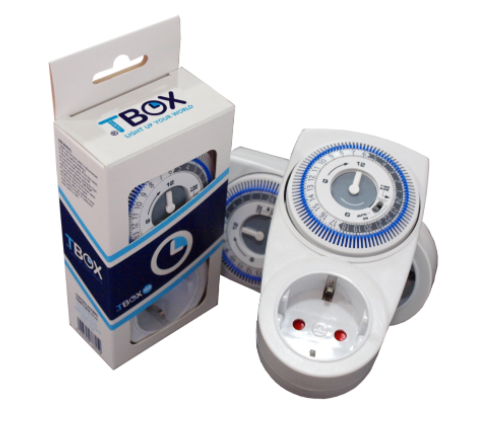
Use a timer switch to turn the lights on or off automatically. We recommend this reliable analogue socket timer for less demanding growers. If you’d like something extra, you can get a digital timer switch, which can operate more lights when the plants are older.
TIP: TechGrow Timers: A Whole New League of Switching
3. Seedling medium and humidity domes
You might already know that young plants require considerably higher humidity than older plants - up to 80%. If you don’t arrange sufficient humidity in the small grow tent, the cones and seeds might not make it. The simplest way of increasing the RH is with a humidity dome (also called a propagator) placed around the plants.
You will also need a seedling (cloning) medium or substrate with good absorption properties to raise lush plants, which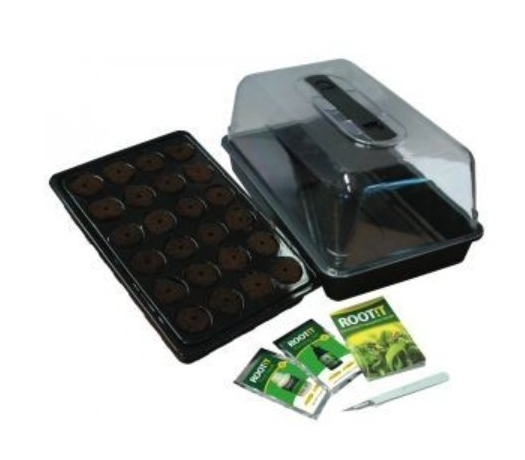 will have no problems handling stress (like repotting). You can choose from sterile rock wool cubes (Grodan), coco coir plugs and peat plugs (Jiffy, Root Riot). It’s possible to propagate in a common substrate, but specialised rooting plugs work better.
will have no problems handling stress (like repotting). You can choose from sterile rock wool cubes (Grodan), coco coir plugs and peat plugs (Jiffy, Root Riot). It’s possible to propagate in a common substrate, but specialised rooting plugs work better.
TIP: The ROOT!T brand specialises in making products for germination and propagation. Their best product is the discounted complete propagator kit, including a humidity dome, seeding medium, propagating tray, hygro-thermometer, nutrition for young plants and root stimulator.
4. Devices for measuring the temperature and humidity
It’s vital to carefully monitor the humidity and temperature in the propagator to make sure the climate remains optimal. We recommend devices which can measure the temperature and humidity at the same time - like the VF hygro-thermometer.
5. Appropriate nutrition for seedlings and cuttings 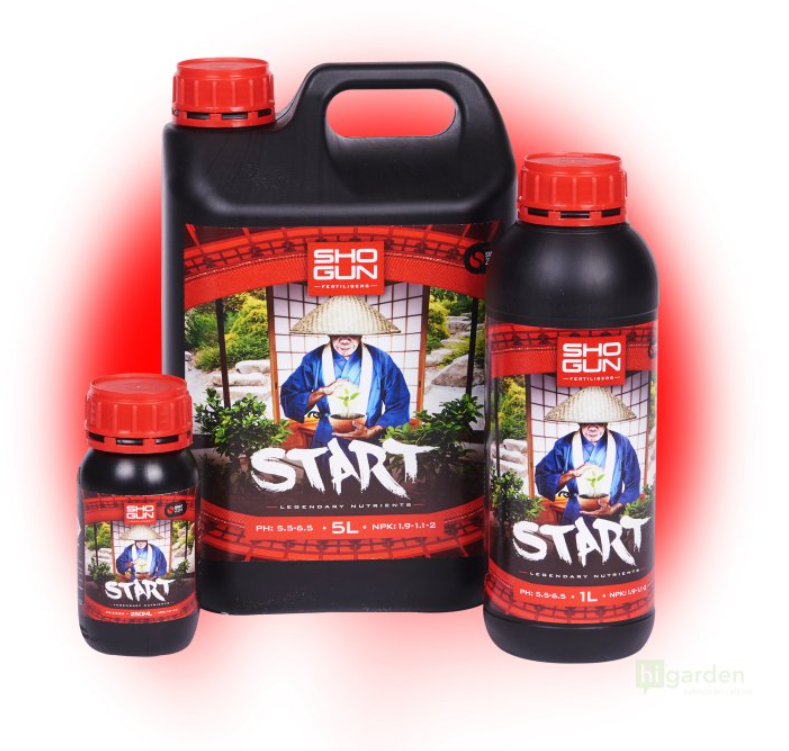
Young plants root and grow faster when they have more food, but over-fertilising and burning them is very easy. Specialised fertilisers and additives are definitely the recommended option. For example, the Shogun Start helps the plants create a healthy, strong and extensive root system, which is the perfect basis for further growth and subsequent yields.
Do you have any other questions about propagating? Don’t hesitate and contact us at info@higarden.eu. We’ll gladly help you pick a propagator and equipment according to your needs and options.
We also recommend these products:
More articles:

